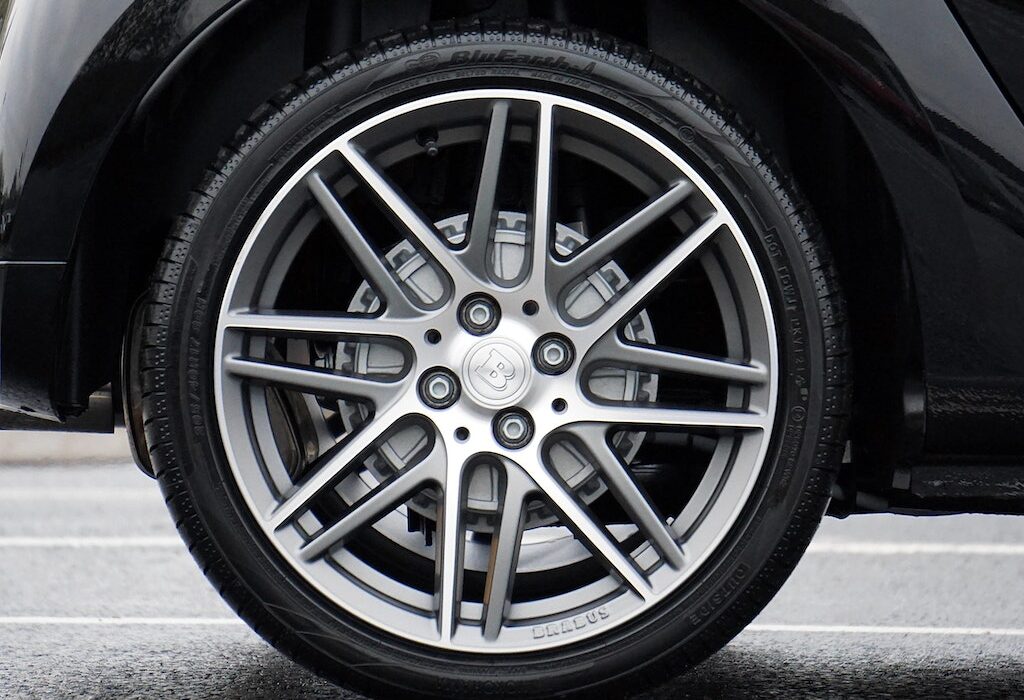Improving your vehicle’s fuel efficiency is every driver’s primary focus. However, many of us don’t know where to begin. There has been a lot of misinformation about how your car’s tire pressure can influence gas mileage. Does tire pressure improve gas mileage? Let’s find out.
Does Tire Pressure Affect Gas Mileage?
When a car is driven on flattened wheels, it might not move smoothly. Proper tire inflation is crucial for the car’s movement. The tire pressure is likely to affect your vehicle’s mileage as well.
According to a recent study, gas mileage can be improved by properly inflating your car’s tires. On average, a person can boost their car’s gas mileage by up to 0.6% and even up to 3% in some cases by ensuring their tires are inflated to the right pressure.
This is not the sole benefit of having proper air pressure in your tires. Proper tire inflation improves performance, prolongs tread life by causing even more wear, and enhances safety.
On the other hand, tires with less air pressure reduce gas mileage by approximately 0.2% for every 1 PSI (pounds per square inch) drop in average tire pressure. Tires that are properly inflated last longer and are safer. Additionally, it has been found that drivers can also save money on tire maintenance if their tires are adequately inflated.
Tire Pressure Affects Fuel Economy
Researchers have explained the science behind why fuel economy is influenced by tire pressure. Proper tire inflation is one way to reduce the energy it takes to push the car down the road. Now, as the tire pressure falls below the optimum pressure level, the tire flattens or deforms. As this happens, it becomes more difficult for the tires to roll on any surface, requiring more energy to make the vehicle move.
Generally, the proper pressure for a car’s tires can be found on a sticker that is most often placed inside the jamb of the driver’s side door. Sometimes, it can also be found in the owner’s manual or glove box. Or, you can also find this information online by entering your car’s make, model, and year, and finding the proper PSI.
It is recommended not to use the maximum pressure found on the tire’s sidewall, since this is the pressure required to meet the full-rated load-carrying tire capacity. It is not the pressure needed for everyday driving and your particular vehicle.




